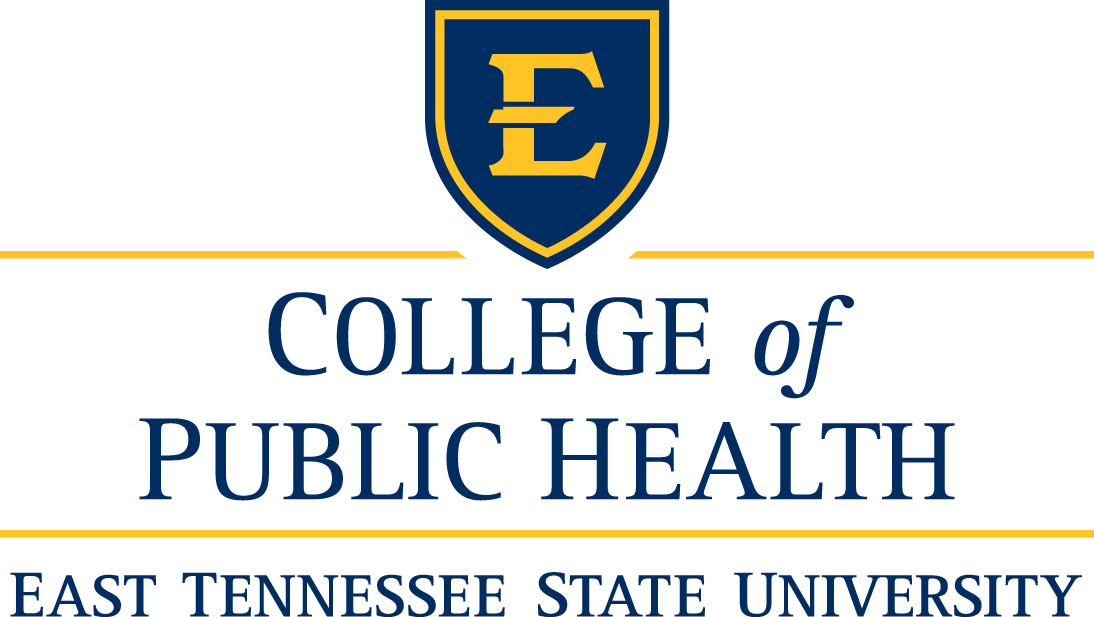Abstract
Background: Secondhand smoke (SHS) exposure in Appalachian children and associated adverse effects is understudied and not well documented. This study assessed the prevalence of SHS exposure in Appalachian children by parental self-report and internal biological measure.
Methods: SHS exposure was determined in children residing in rural Appalachian communities during their participation in the Communities Actively Researching Exposure Study between 2009 and 2013. Parents reported the number of smokers in the household and number of cigarettes smoked/day. Children ages 7-9 provided a serum sample for cotinine analysis. Parent reported measures and child serum cotinine measures of SHS exposure were compared with national and Appalachian-state estimates. Data analysis for the study was done in 2013.
Results: Approximately 37% parents reported at least one smoker in the home, yet 50% of children had a detectible level of cotinine in serum. The mean serum cotinine level in children was 0.7 + 1.6 ng/mL. In homes of at least one reported smoker, an average of 20 cigarettes were smoked//day. Compared to 7.6% children, aged 3-19 years, exposed to SHS nationally, 36.6% children in our study were exposed to SHS living in Appalachian counties.
Implications: Children living in rural Appalachian counties are significantly exposed to SHS exposure. Parental self-reports of smoking underestimates child exposure to SHS as measured by serum cotinine levels. Developing risk communication messages and implementing culturally appropriate interventions aimed at reducing tobacco dependence in rural Appalachian regions should be explored.
DOI
https://doi.org/10.13023/jah.0101.03
Creative Commons License

This work is licensed under a Creative Commons Attribution 4.0 License.
Recommended Citation
Yeramaneni S, Yolton K, Kannan K, Dietrich KN, Haynes EN. Serum cotinine versus parent-reported measures of secondhand smoke exposure in rural Appalachian children. J Appalach Health 2019;1(1):15–26.
Included in
Appalachian Studies Commons, Inequality and Stratification Commons, Public Health Commons





Social Media Links